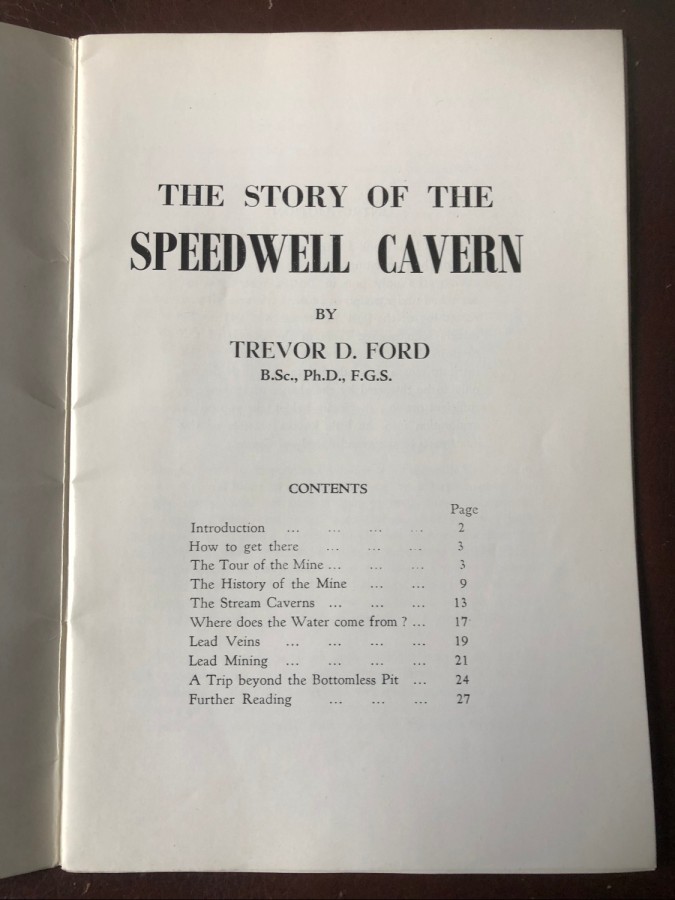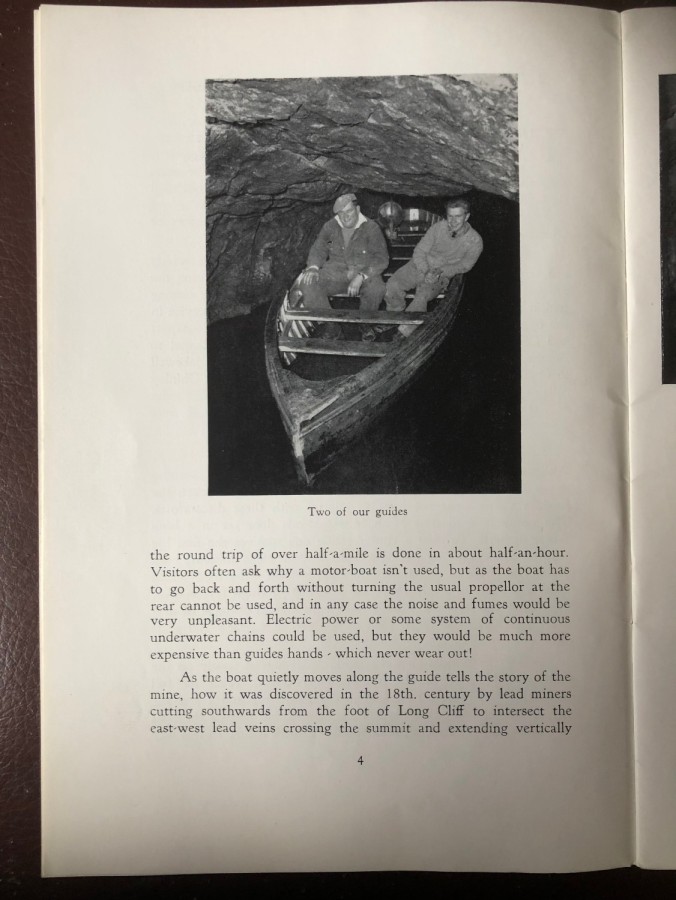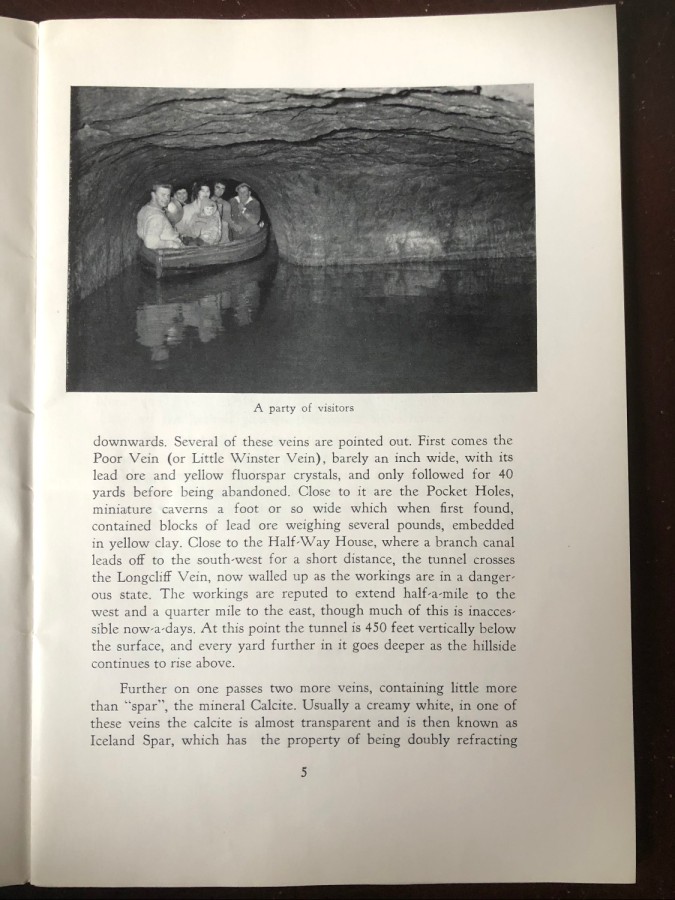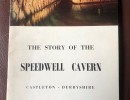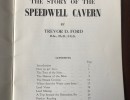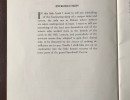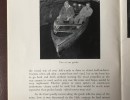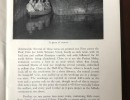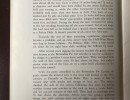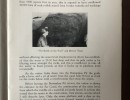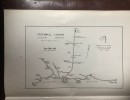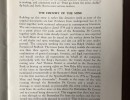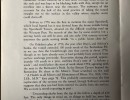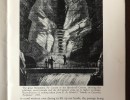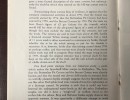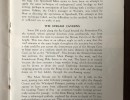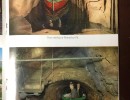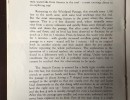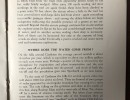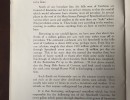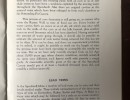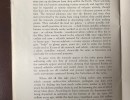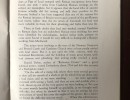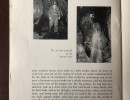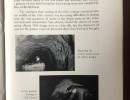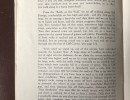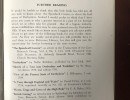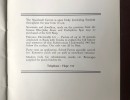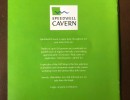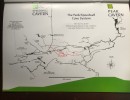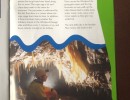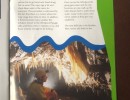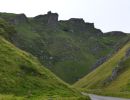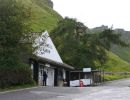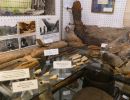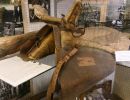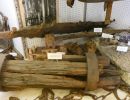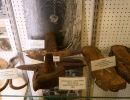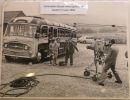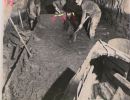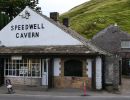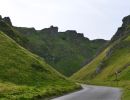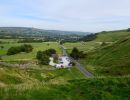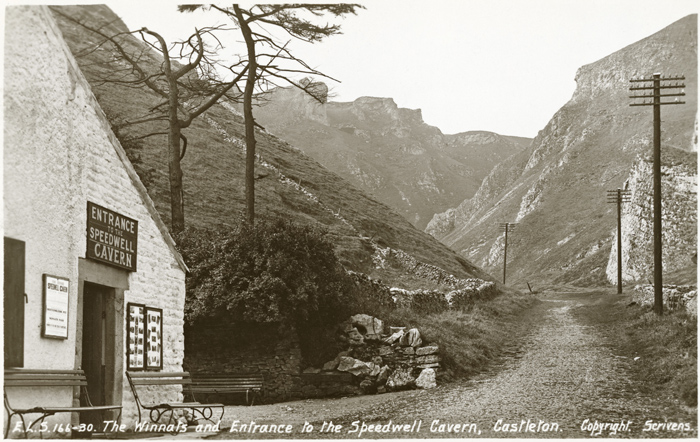Following the death of his wife, Ralph Oakden was then afflicted by a further double tragedy - the loss of his wealth and the loss of his second wife, both events being connected. Sarah died in 1779 after giving birth to eight or nine children over the previous 18 years. The story is told that she committed suicide in the kitchen of Lee House Farm after her husband's financial venture hit the rocks. Ralph had been the senior partner of a group of Staffordshire investors who had put significant sums of money into the Speedwell Lead Mine in Derbyshire in 1771. In fact Speedwell began life known as "Oakden's Level" before becoming known as Navigation Mine.
The Speedwell Cavern Guide Book. (Author: Dr Trevor D. Ford, publisher: Speedwell Cavern Ltd, design & production: Trilogy Design Communications Ltd)
The Guide Book records that the company working the mine was Ralph Oakden & Partners of Stafford. Ralph clearly had most to gain - and most to lose - by this ground-breaking (in every sense!) venture. The total investment was in the region of £14,000, a huge sum, with returns of only £3,000.
Oakden's Level was a quite remarkable venture, in which Ralph Oakden's company sought to apply some of the new techniques of the Industrial Revolution after the manner of the Duke of Bridgewater's coal mines at Worsley, near Manchester. There, 20 years earlier, James Brindley engineered a canal tunnel system directly from the working faces to join with the surface canal system. This system cut the price of coal significantly. The Duke's manager at Worsley was Gilbert who also directed operations at Oakden's Level. It was an attempt to apply the same technique of underground canal haulage to lead mining, possibly with a view to linking with a surface canal in the future. The attempt failed only because of insuffient lead ore to make the project pay.
Today the mine is known today as the Speedwell Cavern, and is a notable tourist attraction. It is thought to have been named after a tavern by that name on the challenging coaching road up Winnats Pass. It continues to attract thousands of visitors who pay £16 (adults - 2021)for a 35 minute guided tour in groups of up to 20, throughout the year. It's USP is that the only way of entering it is by boat, unique to all British show caves. A staircase of 105 steps leads down to an artificial water-filled tunnel. This is the access to the caverns and boats were originally propelled along it by a guide pushing the wall on either side. Today boats with electric motors are used.
Visitors have included Queen Victoria, Paul Newman, John Noakes for Blue Peter (1976) and the cast of Coronation Street (June 1964) amongst many other notable figures. Here is a collection of photos of the location today (September 2021) along with some photos of the small museum housed in the ticket office.
Click on an image to enlarge and to view photos as a slideshow.
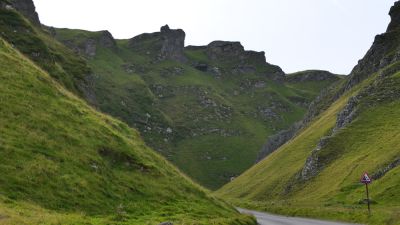
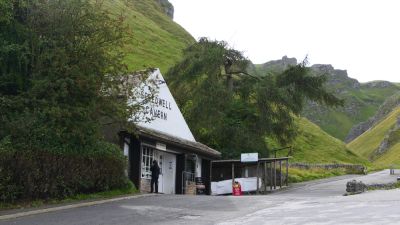
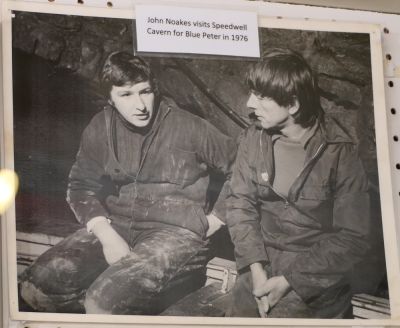
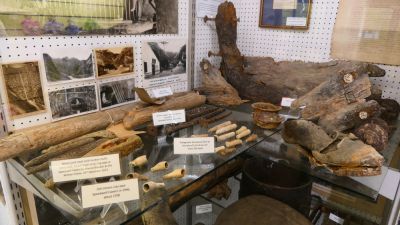
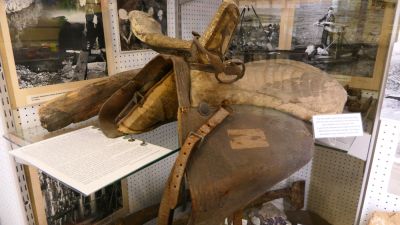
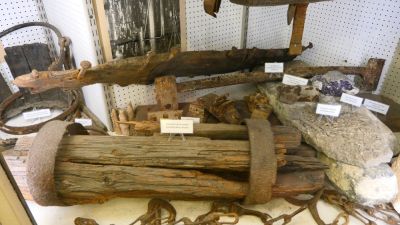
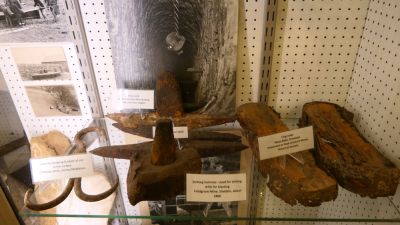
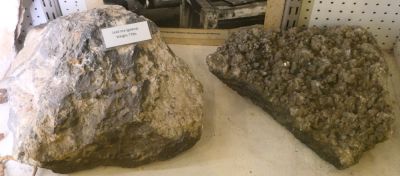


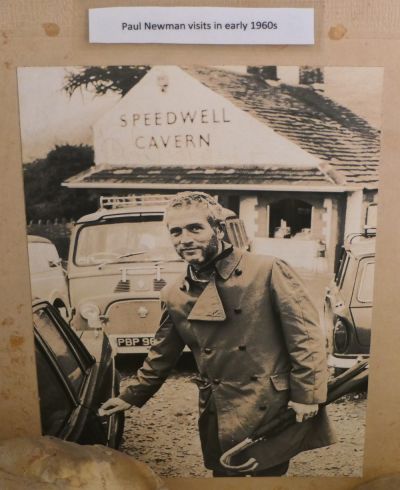
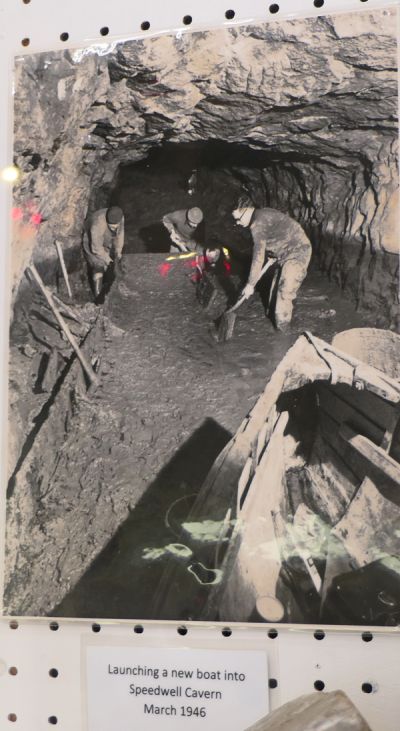
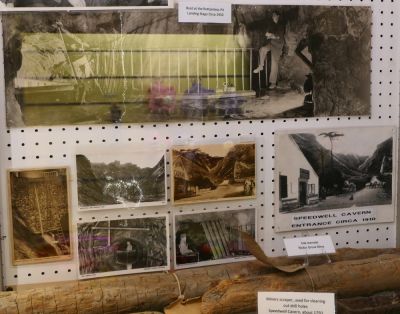
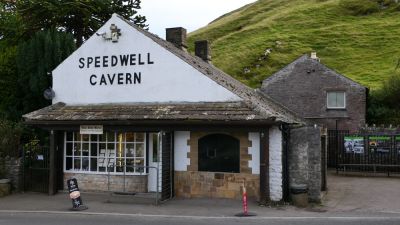
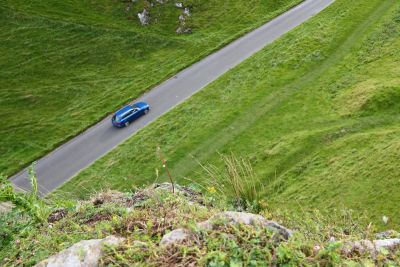
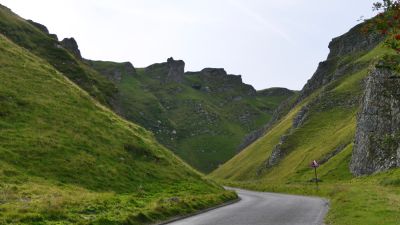

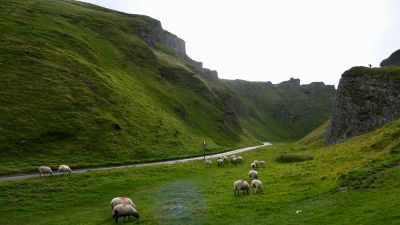
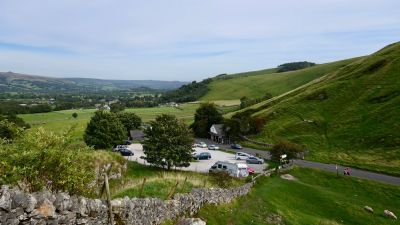
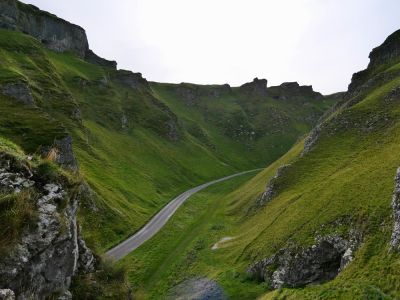

The mine did not actually close until 1790 although there were further attempts later to make a success of it. As I researched the story of Sarah's suicide I was puzzled at the date discrepancy of her death in 1779 and the year the mine apparently failed in 1790. There is some uncertainty about how long mining took place but a total of 11 years is referred to in contemporary books. Even by the time mining ceased, whether in 1790 or earlier, tourists were already being taken round whilst work progressed. In 1779 Ralph Oakden produced a detailed plan of the mine. The previous year, 1778, miners first cut through to a vast, open chamber known as the Bottomless Pit - 100m high with a 20m high waterfall. This Pit was a known feature and the tunnel was carefully driven to intersect it and the Stream Cavern at planned depths to facilitate the canal method. It was not, however, the kind of breakthrough that all involved were hoping for.
Perhaps this was the last straw for Sarah who had probably been party to the investment from her own family wealth. It was clear by then that the mine was not yielding the rich beds of ore and financial returns expected and "Bottomless Pit" is probably as good a name for the financial investment as for the spectacular chamber!
Here is an extract about Speedwell, written in 1789, from A View Of The Present State Of Derbyshire - James Pilkington, 1789
The entrance into the caverns and subterraneous passages, which I shall attempt to describe, is about four or five hundred yards west of Peak’s hole. It is by means of a shaft fifty yards deep, which was sunk about 30 years ago with a view of pursuing a vein of lead ore. At the bottom of a small passage formed by the hand and about fourteen yards long, leads to a cavern, in height about ten yards, and in diameter fourteen. When the miner first broke into it, it appeared beautiful beyond description. Upon introducing his candle thro’ the hole, which he had made, he was struck with astonishment. But when he entered the cavern, it in beauty exceeded his highest expectations. The roof and sides were covered with water-icle, almost as white as snow. But now it is in a great measure stripped of this ornament by those, who have passed through it.
This photograph of the entrance to the Speedwell Mine at Winnats Pass near Castleton was taken in 1902. Reprinted with permission. © picturethepast.org.uk. Click on the photograph for a link to the Picture the Past website and more information about the Speedwell Cavern.







































